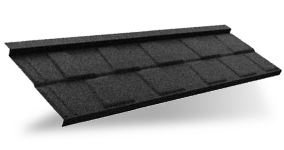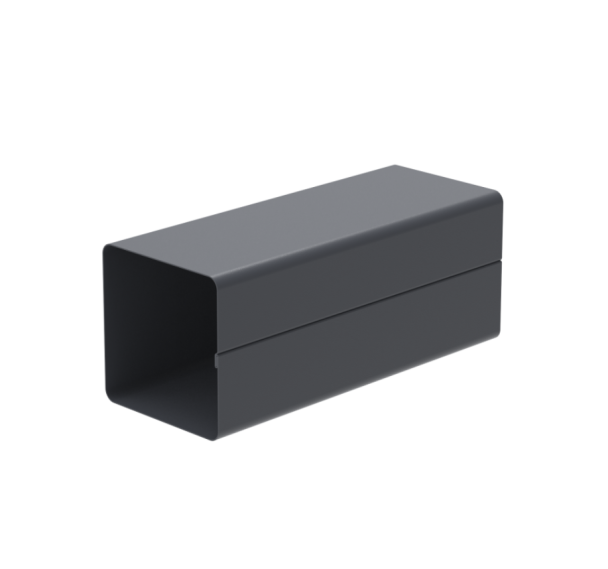Metal tiled roof or metal sheet roof - - what to choose?
Metal tile roofing is currently one of the most commonly chosen roof covering types. A metal tile roof is not only durable and relatively easy to apply, it also looks good. However, the term 'metal roof tile' is widespread and includes both commercially available sheet metal material and panels. How do these products differ? What is the purpose of this distinction? And what determines which roofing offer to choose?
In this article you will learn:
- Characteristics of metal profiles and metal sheets for roof tiles
- Properties of metal roof profiles and metal sheets
- Metal profiles or metal sheets - which solution to choose?
Characteristics of metal profiles and metal sheets for roof tiles
Let's start with the basics - the types of materials used to manufacture both products. The essence of metal roof profiles is a steel sheet, secured on both the top and underside with protective layers of coating. In contrast, the decorative polyester layer or other material remains only on the surface. From this point of view, a metal profile tile roof and a metal sheet roof are indistinguishable from each other. Similarly, the types of finishing coatings may be smooth or textured, semi-matt or matt. Both products, once applied, fully imitate a traditional tiled roof. How do they differ?
Metal roofing in sheets is customised to the customer's order volume. The sheets can be several metres long, but in terms of width, it is usually 1200 cm. In contrast, modular roof tiles have a regular size of 1200 cm wide and approximately 35 cm long for a single module and 70 cm for a double module.
Characteristics of metal profiles and metal sheets for roof tiles
The way in which the metal profiles are purchased affects not only the way they are applied to the cladding, but also the cost of the work and the characteristics of the finished roof.
Metal profiles for roof tiles are a perfect match for new buildings with interesting and extensive roof structures and for renovation of existing buildings with much simpler structures. A roof made of metal profiles is, first of all, a lightweight and cheaper solution, unlike traditional ceramic tiles, so there are a number of important aspects (issues) to consider when deciding on a particular model in sheet or profile form.
Sheets of several metres in length are very easy to lay, provided that the roof does not have many curves. Otherwise, the sheet needs to be cut on site, which means loss of materials and longer construction times. On simple pitched roofs, on the other hand, the work is fast and relatively cheap.
Tiled metal profiles in panels are better suited to roofs with a truncated shape and a large number of curves. Thanks to the small size of the panels, their adaptation to the shape and dimensions of the surface is simple and usually does not require many adjustments. Of course, this does not mean that it cannot also be chosen for a simple gable roof.
The small size of the metal profile tile panels also makes them easy to transport - individual panels can be stacked on top of each other. Unfortunately, the transport of metal sheets is somewhat more difficult and requires more care - large sheets bend easily and require several people to move them from place to place.
The biggest advantage of metal profiled roof tile panels is their greater resistance to the stresses generated by the roof pitch compared to metal sheets.
Metal profiles or metal sheets - which solution to choose?
Unfortunately, there is no clear answer to this question. Each type of metal tile profile is designed for a different roof structure:
- metal sheets - for roofs with a larger surface area and a simple structure. It is the ideal solution for pitched and gable roofs, flat roofs, as well as large-area hipped roofs and gable roofs with gables;
- Tiled metal profiles in panels - for multi-layer roofs, more complex construction with bay windows and special rooflight construction, as well as mansard roofs.
The choice of metal roof tile profiles depends on the individual needs of each customer and the type and surface of the roof covering of their home.




















































































































































































































































